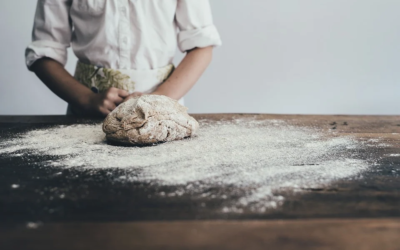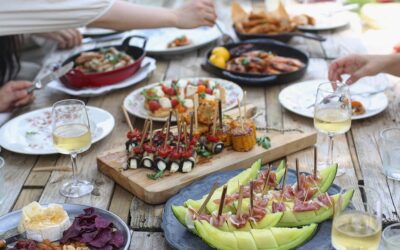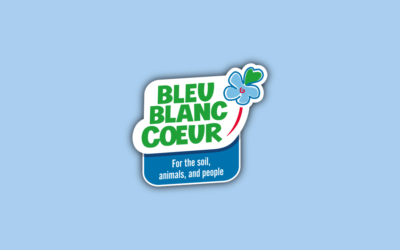Bleu-Blanc-Coeur, with the scientific support of INRAE and Valorex, is closing observing the links that soils bacteria have with our plants, the plants with our organs by feeding them, and how the organisms that we are can interact at the scale of a territory to create a healthy and sustainable agricultural model.
This is the result of observations that has been presented last June 23rd during the first session of the One Health virtual Congress. As Philippe Mauguin (CEO of INRAE) highlighted to introduce this session, the actual ecological and sanitary context is pushing us to review our scientific aims in a multidisciplinary logic. The experts must work together but also to have the opportunity to communicate in order to build a big virtuous value chain between global thinking, scientific measure and local actions in the field
Trouble in the soils
One Health (for unique and global health), is about looking at our health to different scales and from different perspectives. This is first observing how the soils can be a benefic resource at the scale of a plant but also of a population. Marc-André SELOSSE, professor of soils microbiology at the Natural History Museum explained us that the soil is indeed a living material with a huge diversity of microorganisms. All this make it possible to extract and make available the organic matter (carbon, azote) and mineral (phosphate, potassium…) from the nature so that it can be captured by the plants which feed us. Some of soil microorganisms even stimulate the root immune system in a similar way to the human intestinal microbiota.
Actually Arnaud Daguin, spokesman of the association “Pour une Agriculture du vivant” (PADV), underlined during the round table that the biodiversity of soils is the motor of the fertility that we need to produce quality food; i.e. with the nutritional density to bring both pleasure and health in the human’s plate.
But it turns out that soils have been impoverished by overly intensives practices and, in the current condition, they can even play a harmful role in global warming, in particular by releasing more greenhouse gases. At its time, Roosevelt used to declare “a nation that destroy its soils are destroy itself”, and this is what will happen if we don’t change our way of producing.
Laurent ROSSO (from “Terres Univia”) and Jacques PASQUIER of the EESC (Economic, Social and Environmental Council) also highlighted the importance of extending and improving crop rotations and the need to introduce leguminous plants to optimize the health of soils, plants and all agricultural systems. There is also a need to characterize the environmental impact of our current systems in order to encourage the more virtuous practices in the future. The legumes are the hearth of the debate because their limit the amount of fossil energy used in crops.
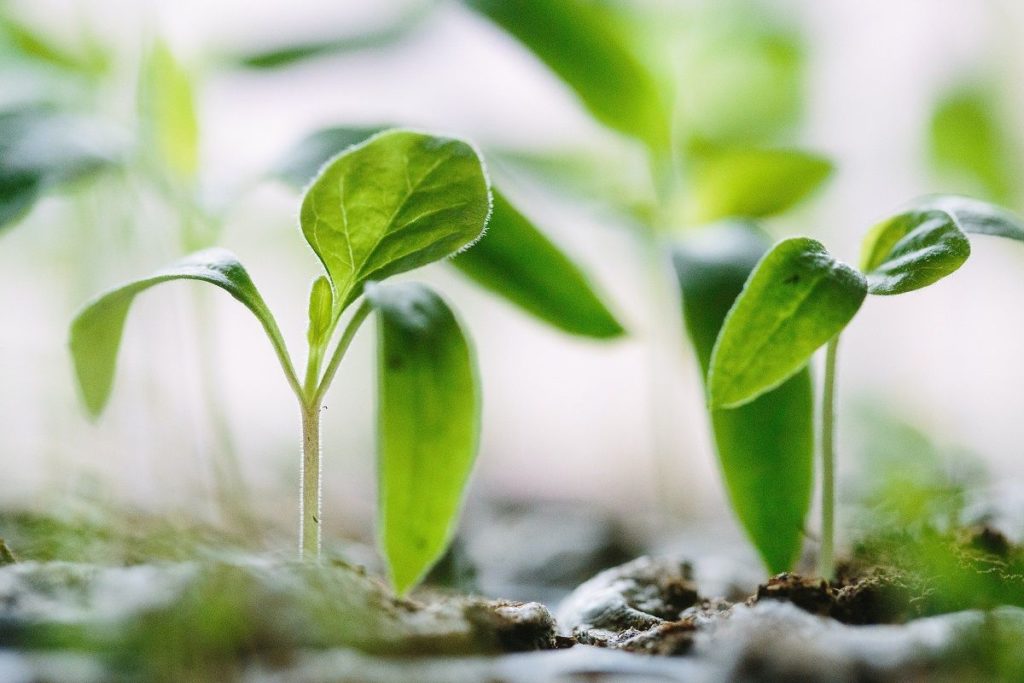
Knowing how to beat the measure
Experts wondering about the different ways of observing the impact of agricultural practices on the environment. Vincent COLOMB, from ADEME (French Agency of the ecological transition) and Guillaume MAIRESSE of Valorex introduce us the AGRIBALYSE® tool which focuses on the different environmental impacts (global warming, but not only) of food products. The aim is to draw up an inventory of food life cycling according to the way they were produce in order to identify which agricultural practices are the most sustainable. Some measures are taken from the production at the farm until the cooking by the consumer. The choice of feed sources is quoted as an important criterion in the livestock farming. For example, we can observe a real margin of progression between the impact of an egg produce conventionally or according to the Bleu-Blanc-Coeur model, thanks to the limitation of the use of imported soya as a feed source for hens.
What if inflammation and immunity start in the soil?
More diversity in soils and animals’ through is to bring more nutritional diversity in our plates. The Bleu-Blanc-Coeur specifications take into account this diversity and density that we measure in the finished products. Good food is the treasure of prevention and here again it has to be measured!
Various clinical studies conducted on the impact of a Bleu-Blanc-Cœur menu on various diseases (diabetes, obesity) have been carried out since the beginning of the association, confirming the benefits that the food can play on the prevention of such diseases known as low-grade inflammatory diseases. But the way we eat affects also our immune system and therefore the way we can defend ourselves against the external pathogens as the COVID-19 virus.
Bleu-Blanc-Coeur efficient against the COVID-19?
In this context, Professor Ronan THIBAULT, head of the nutrition department of the University Hospital in Rennes and research director at INSERM (French Nation Institute on Health and Medical Researches), presented to us the latest clinical study project in which Bleu-Blanc-Coeur is a partner:
- It involves supplementing recently diagnosed COVID-19 patients with Omega-3, in particular with Bleu-Blanc-Coeur food (la Linette®), and to measure the duration of the symptoms, the return to better health status, the hospitalization rate, the admission level to Intensive Care Unit… The hypothesis of this randomized, double-blind study is as follows: It’s not the viral infection that kills COVID patients in Intensive Care Unit, but hyperinflammation (cytokinic storm) – Inflammation has two phases: the flow phase managed by Omega 6 and the reflux phase managed by Omega-3 – As example, 98% of the French population does not cover the recommended intake of Omega-3 (and it is a similar situation worldwide), so the reflux does not occur. Used in high dose enteral nutrition, Omega-3 reduces mortality in patients in intensive care for ARDS (Acute Respiratory Distress Syndrome) by 36% – It is therefore very likely that Omega-3 supplementation at doses midway between pharmacological and nutritional dosages will produce strong results, where vaccines and drugs have been shown to be ineffective;
- Also to observe the effects on the patients’ quality life, clinical criteria (emergency room admission) and the impact on their intestinal microbiota. The hypothesis is that Omega-3 makes it possible to limit the evolution of the disease towards more serious forms with respiratory distress. (More informations on the first worldwide clinical study on the impact of nutrition in prevention of Covid-19)
So what are the link between soil and health?
A better nutritional density in our food, through a better quality of our soils, allows us to improve human health and this One Health congress shows us that we are all learning together how to measure it. This link between soil and health, projects us toward strong evolution perspectives of our agricultural systems based more on local practices, with remuneration of environmental benefits. We must, not only encourage the change by setting examples as mentioned Jean-Pierre Pasquet, dairy producer and co-president of Bleu-Blanc-Coeur, but also decompartmentalize the barriers between the food actors,educate and communicate on the keys issues. The cultural problems are (almost) behind us, but today they leave us with cultural challenges.
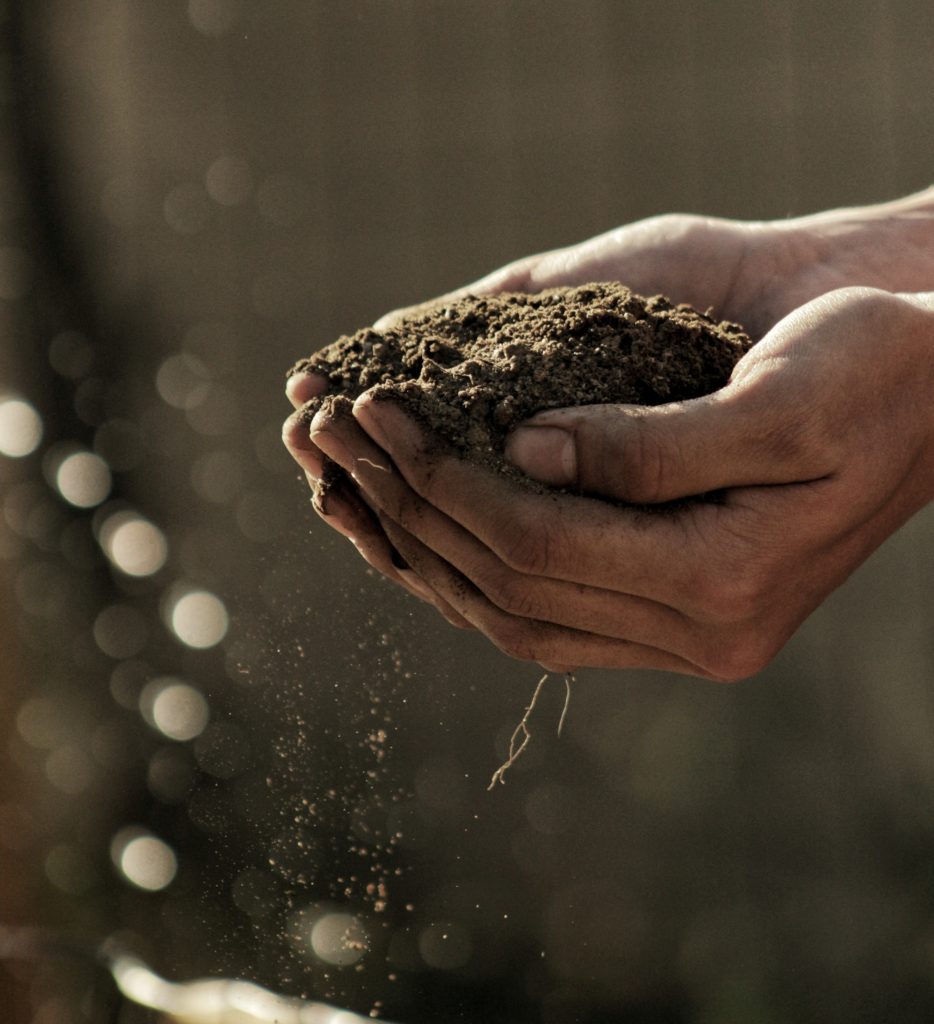





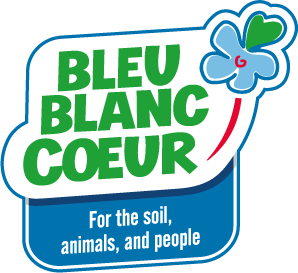
 Home
Home